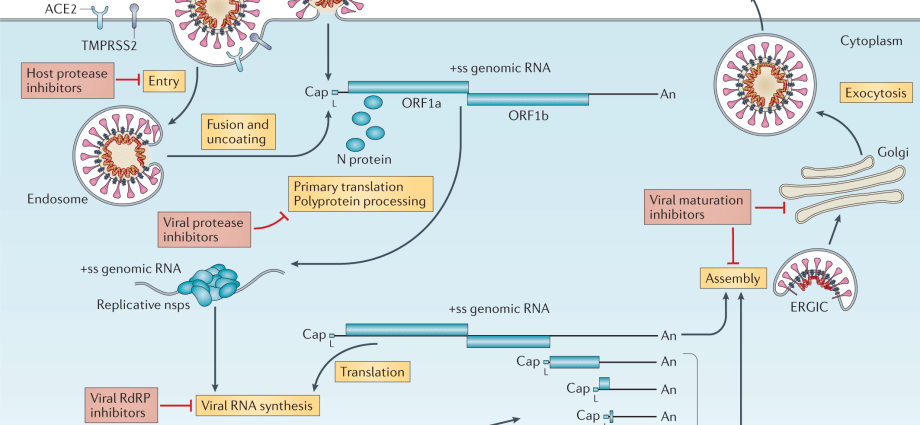Contents
MicroRNAs have the potential to inhibit the replication of human coronaviruses, reports PeerJ. How exactly do they work?
A microRNA is a 21 to 23 nucleotide long single-stranded ribonucleic acid (RNA) molecule that can regulate gene expression.
As shown by scientists Stepan Nersisyan and Alexander Tonevitsky together with students from the Higher School of Economics University (HSE) based in Moscow, in the first stages of infection, the coronavirus (including SARS-CoV-2) uses miRNA hsa-miR-21- 3p to inhibit growth to delay the body’s active immune response.
MicroRNA – What Exactly Is Virus Blocking?
Once the virus enters the cell, it begins to actively interact with the various molecules inside it. One such class of molecule is microRNA (miRNA). When a virus enters a cell, the miRNAs begin to bind certain parts of its genome, leading to the destruction of the viral RNA. Such an attack can completely stop the replication of the virus.
- Scientists have discovered a nanobody that can fight the coronavirus
However, in cases where miRNAs are not very “aggressive”, such interactions do not destroy the virus, but rather slow its replication. However, this scenario is beneficial for the virus as it helps to avoid the body’s rapid immune response. Some viruses “intentionally collect” the host’s miRNA binding sites. This becomes their advantage: viruses with more binding sites survive and reproduce better, which leads to their evolutionary dominance.
There are seven types of human coronaviruses in total. Four of them (HCoV-OC43, HCoV-NL63, HCoV-HKU1, and HCoV-229E) are widespread and cause the common cold, while the MERS-CoV, SARS-CoV, and SARS-CoV-2 viruses can cause dangerous atypical pneumonia. Scientists found four families of human miRNAs with the binding sites of all the coronaviruses under consideration detected.
Following SARS-CoV infection, the concentration of miRNAs in the lungs increases
To find out how the virus might interact with the miRNAs it detected, scientists analyzed available data on miRNA sequences in the lungs of SARS-CoV infected mice. They found that the infection led to an 8-fold increase in the expression of hsa-miR-21-3p miRNA previously detected.
- How does the coronavirus “open the gates” to infection? Scientists know the answer
“The hsa-miR-21-3p miRNA has a high binding potential for all human coronaviruses. But after infection with SARS-CoV, the concentration of this miRNA in the lungs increases dramatically. Given that this is a mechanism of the immune response, it is not clear why the virus does not mutate the miRNA binding sites of the cell. On the contrary, we see the virus accumulate them in its genome as it evolves. Our research shows that such sites are present in all human coronaviruses and do not mutate to any great extent. We suppose that in this way the virus uses this miRNA to slow down its replication in the early stages of infection in order to delay an active immune response, ‘said Stepan Nersisyan. (PAP)
Author: Paweł Wernicki
Read also:
- Scientists have discovered something that sponges viruses in and kills them
- Here’s how the virus takes control of the body. Incredible!
- How does HIV get infected? The attack lasts 2 hours. Watch the video










